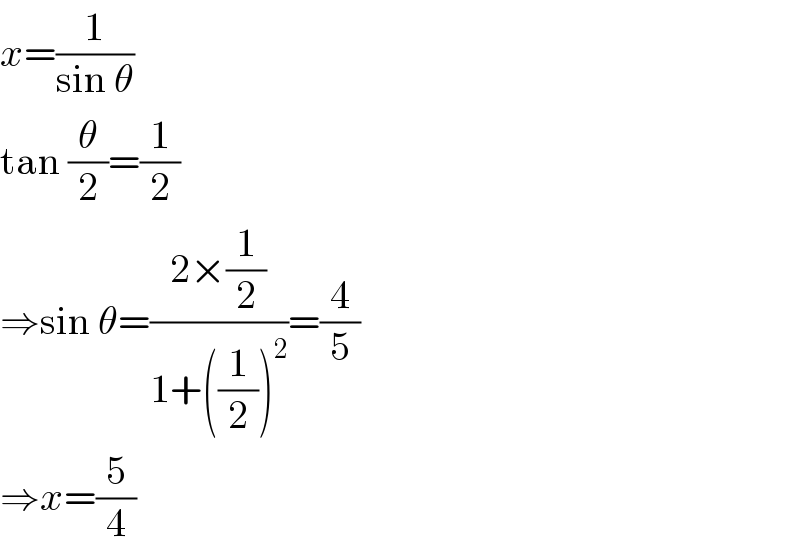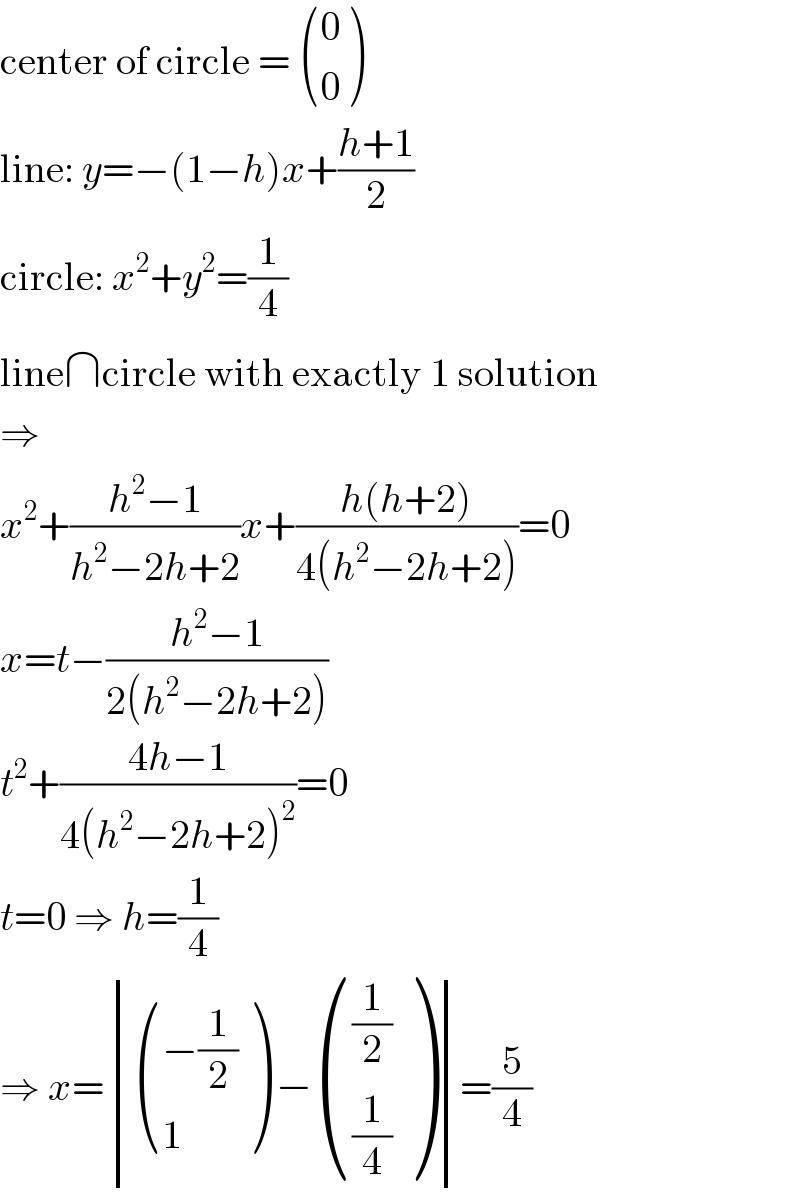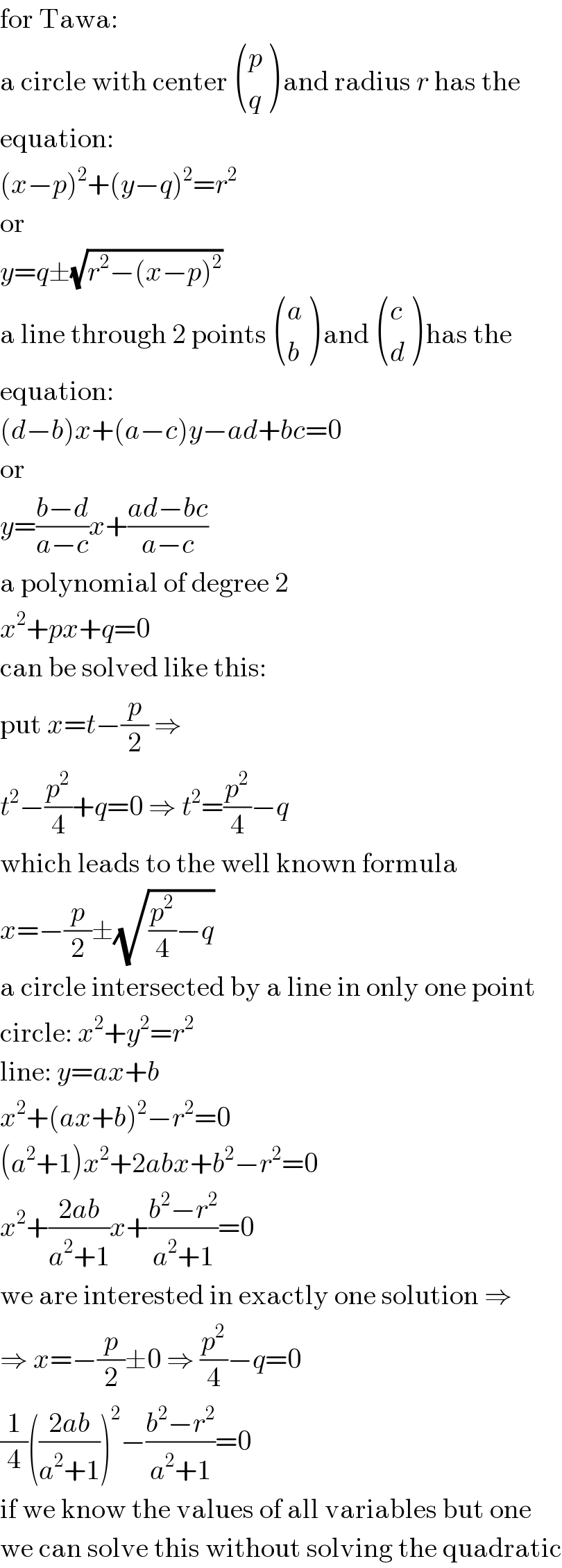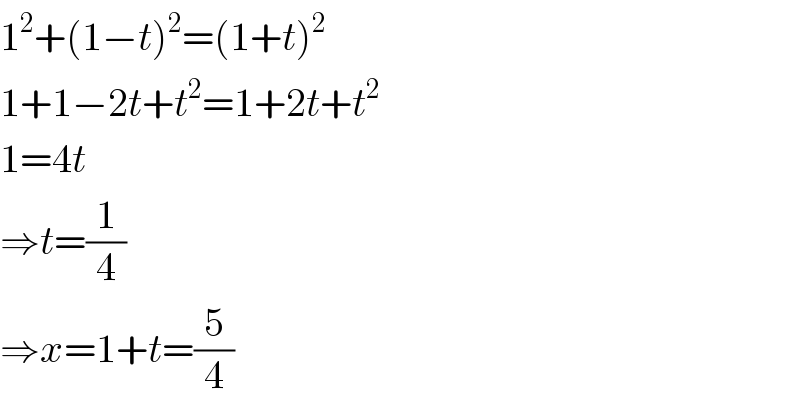
Question and Answers Forum
Question Number 64246 by mr W last updated on 16/Jul/19

Answered by mr W last updated on 16/Jul/19

Commented by mr W last updated on 16/Jul/19

Commented by mr W last updated on 16/Jul/19

Commented by mr W last updated on 16/Jul/19

Commented by Tawa1 last updated on 16/Jul/19

Commented by Tawa1 last updated on 16/Jul/19

Commented by Tawa1 last updated on 16/Jul/19

Commented by Tawa1 last updated on 16/Jul/19

Answered by MJS last updated on 16/Jul/19

Commented by Tawa1 last updated on 16/Jul/19

Commented by mr W last updated on 16/Jul/19

Commented by MJS last updated on 16/Jul/19

Commented by Tawa1 last updated on 16/Jul/19

Commented by Tawa1 last updated on 16/Jul/19

Commented by MJS last updated on 16/Jul/19

Commented by Tawa1 last updated on 16/Jul/19

Answered by mr W last updated on 16/Jul/19

Commented by mr W last updated on 16/Jul/19

Commented by Tawa1 last updated on 16/Jul/19

Commented by Tawa1 last updated on 16/Jul/19

Commented by Tawa1 last updated on 17/Jul/19

